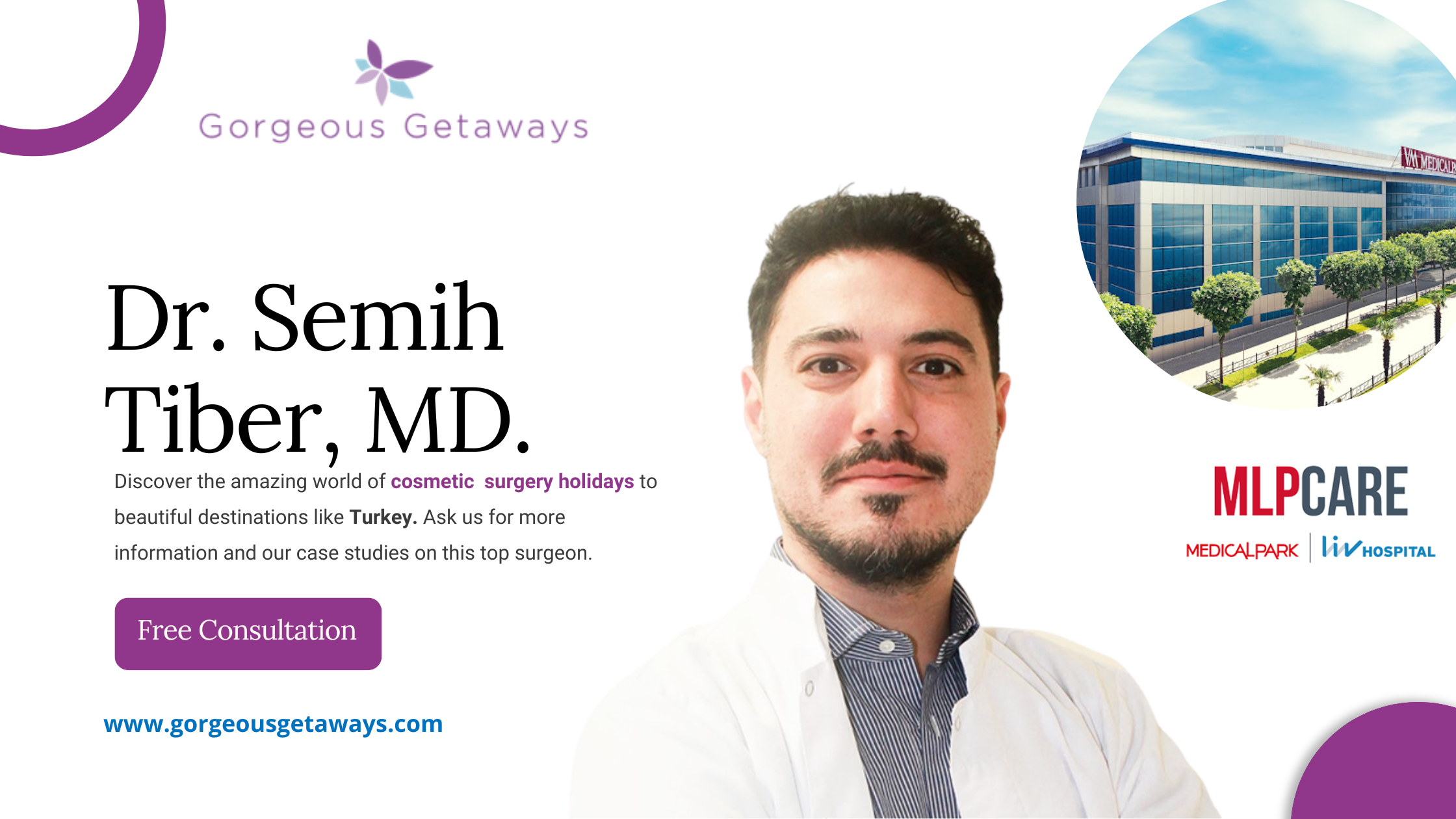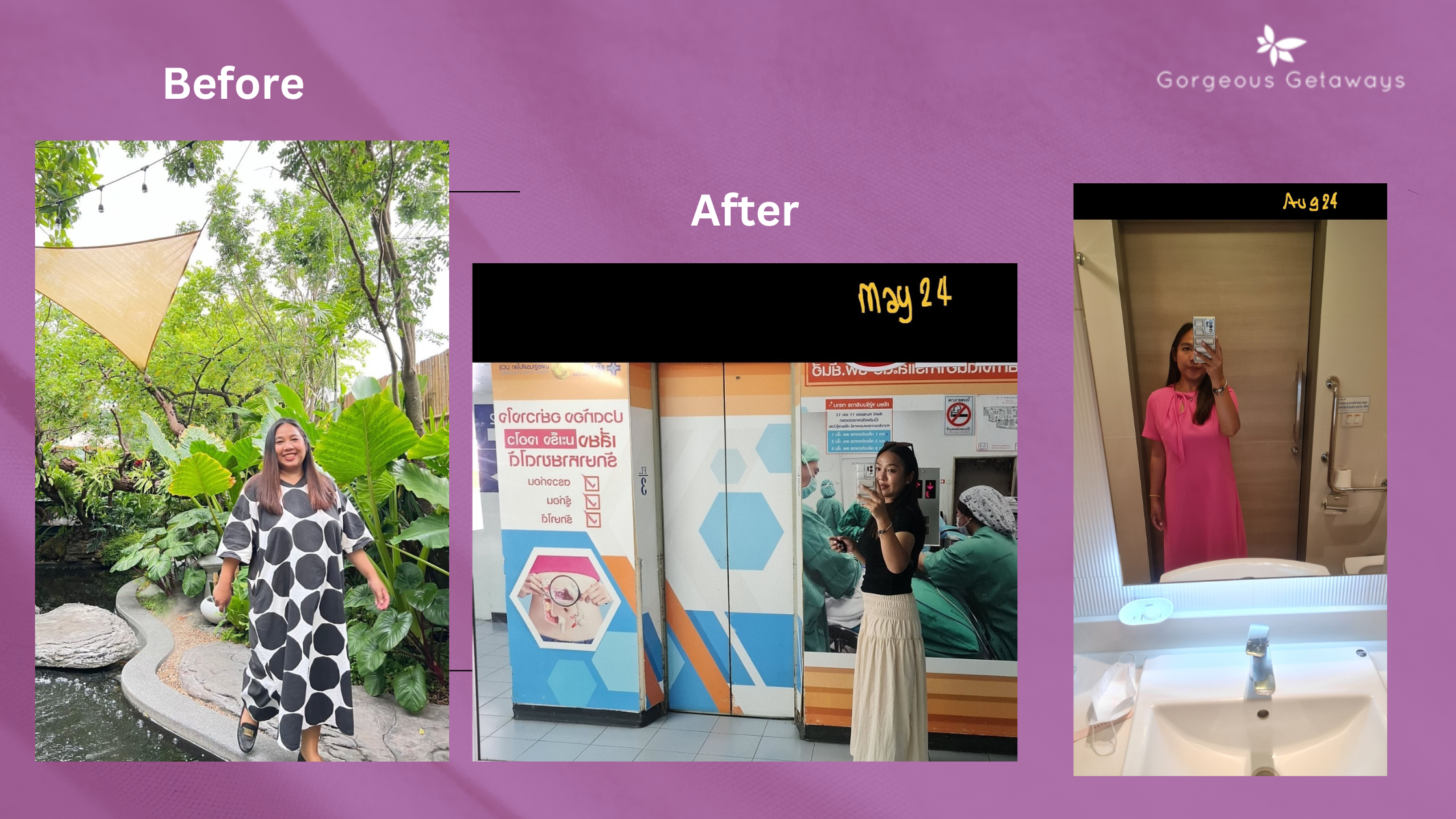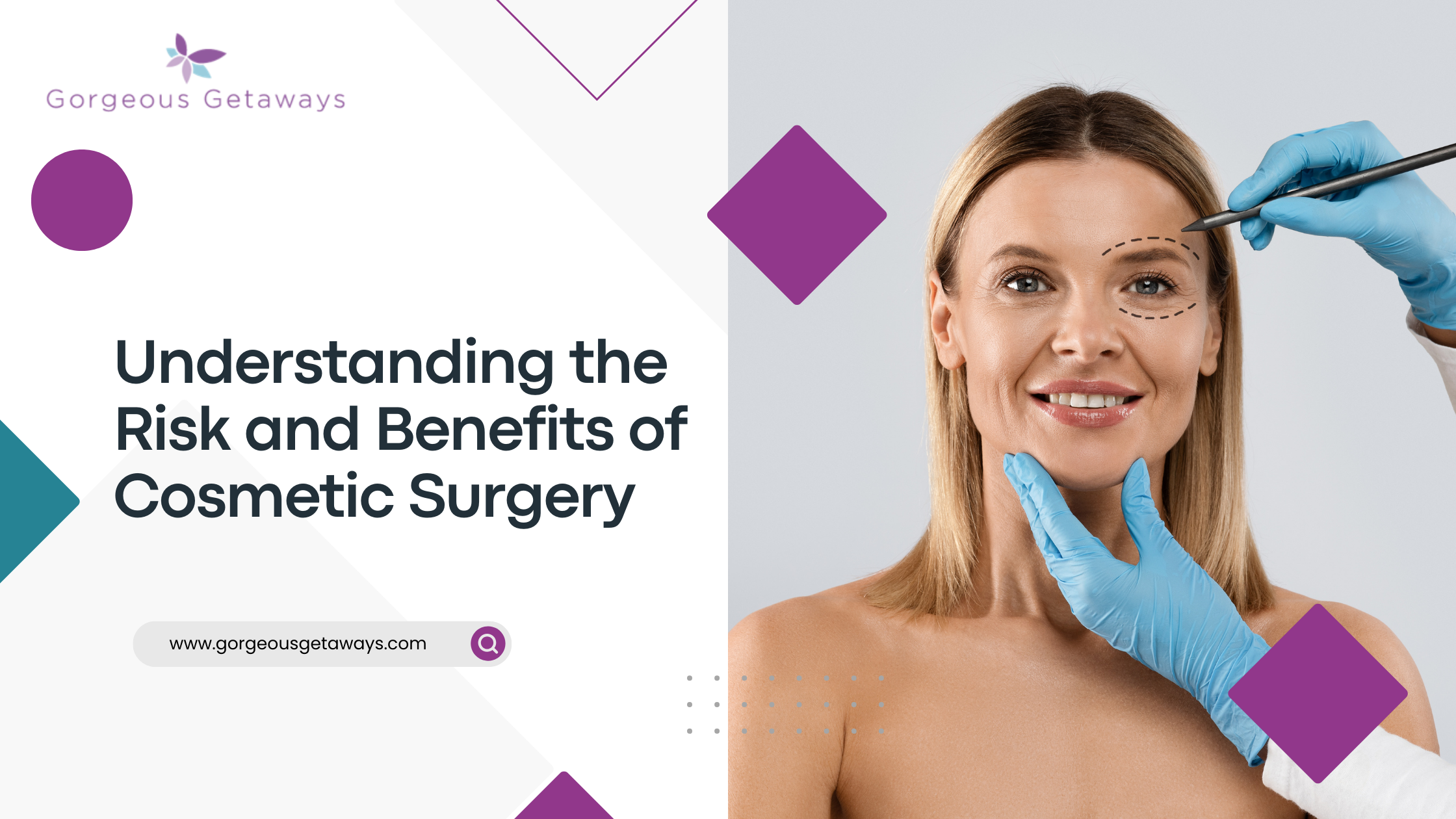While facelifts, tummy tucks, and breast procedures are still the most commonly requested procedure, it may surprise you to learn there are other cosmetic surgery procedures requested you may not have heard of. Here are 10 “Surprising” Cosmetic Surgery Procedures you may not have heard of.
1. Abdominal etching (six-pack surgery)
Abdominal etching, also known as “six-pack surgery,” is a cosmetic procedure that uses liposuction to create the appearance of defined abdominal muscles. It is typically performed on individuals who are in good physical shape but have a small amount of fat covering their abdominal muscles. The procedure involves making precise, shallow incisions in the skin and then using a liposuction tool to remove a small amount of fat in a strategic manner, creating the appearance of defined “six-pack” muscles. It’s important to note that this is a cosmetic procedure and it is not a substitute for regular exercise and healthy eating. As with any surgical procedure, it also carries risks and complications, and the results may vary.
2. Lift Lip
A lip lift is a cosmetic surgical procedure that aims to create a more youthful and attractive appearance to the upper lip by shortening the distance between the base of the nose and the upper lip. The procedure involves making an incision just above the upper lip, removing a small strip of skin, and then bringing the remaining skin together to shorten the space between the nose and the upper lip. This can result in a more defined Cupid’s bow and a fuller, more projected upper lip. The incision is placed in a way that it’s well concealed, leaving a small scar that tends to be imperceptible over time. This procedure is done by a Plastic surgeon, and as with any surgical procedure, it carries some risks, such as bleeding, infection, or scarring. It is important to discuss the risks and benefits of the procedure with a qualified surgeon before deciding to have a lip lift.
It’s worth noting that Lip lift is a relatively new procedure and not commonly offered. Ask us about the surgeon(s) with experience and the skills to carry out this procedure safely.
3. Bra line back lift
A bra line back lifts, also known as a “bra line lift” or “upper back lift,” is a cosmetic procedure that aims to improve the appearance of the upper back and shoulders by removing excess skin and fat. This can help to create a smoother and more toned appearance to the upper back, particularly in the area where the straps of a bra sit.
The procedure typically involves making an incision along the bra line, which is hidden by the straps of a bra and can be easily covered by clothing. Then, excess skin and fat are removed, and the remaining skin is pulled taut and sutured closed. The procedure is often performed in combination with liposuction to remove excess fat in the upper back and shoulder area.
It is important to remember that this is a surgical procedure, so it does carry some risks, such as bleeding, infection, or scarring. We can help you find a qualified surgeon with experience and the skills to carry out the procedure safely and discuss the risks, benefits, and realistic outcomes of the procedure. Also, the results might not be permanent and the skin may continue to stretch or age over time. It’s essential to have realistic expectations and to maintain a stable weight after the procedure to prolong the results.
4. Belly button surgery (umbilicoplasty)
Belly button surgery, also known as umbilicoplasty or navel surgery, is a cosmetic procedure that alters the appearance of the belly button. There are several different types of belly button surgery that can be performed, depending on the specific condition or concern that the individual wishes to address.
The most common type of belly button surgery is an “outie” to “innie” surgery, which is performed to repair an umbilical hernia or to reshape a protruding belly button. This can be achieved by removing excess skin and tissue and then suturing the remaining skin to create a more natural-looking “innie” shape. Another common procedure is to resize the belly button to make it smaller or bigger, this is done to enhance the overall look of the belly button.
Additionally, belly button surgery can also be used to correct the shape, size, or position of the belly button that has been affected by a pregnancy, weight loss, or aging.
It’s important to know that, as with any surgical procedure, belly button surgery carries certain risks such as bleeding, infection, scarring, and dissatisfaction with the final outcome. So, it’s important to find a qualified and experienced surgeon, discuss the risks and benefits of the procedure, as well as have realistic expectations about the final outcome.
5. Chubby cheek surgery (buccal fat pad removal)
The procedure is typically performed through an incision inside the cheek, and the buccal fat pads are carefully removed using fine instruments. Removing the fat pads helps to create a more defined and sculpted cheek appearance, and also can help to improve the appearance of “chipmunk cheeks.”
It is important to note that this is a surgical procedure and as such it carries some risks such as bleeding, infection, or scarring. We can help you find a qualified surgeon that can help you evaluate the risks and benefits and determine whether the procedure is right for you. Also, it’s important to consider that the procedure is irreversible and after the fat is removed, it will not be able to be replaced.
6. Dimple creation (dimpleplasty)
Dimple creation, also known as dimpleplasty, is a cosmetic procedure that creates dimples in the cheeks. Dimples are small indentations in the skin that form when there is a small indentation in the underlying muscle. During dimple creation surgery, a small hole is made in the cheek muscle and then sutured in place, creating a permanent indentation.
The procedure is usually performed through a small incision inside the cheek and typically takes about 30 minutes to perform. Dimple creation surgery is performed under local anesthesia or light sedation, and recovery typically takes a week or two.
As with any surgical procedure, dimple creation surgery carries some risks, such as bleeding, infection, or scarring. In addition, the results of the surgery may not be exactly as desired and the dimple may not be symmetrical or may not look natural. Therefore, it’s important to have realistic expectations and to have a discussion with a qualified and experienced plastic surgeon to evaluate whether the procedure is appropriate for you and to carefully consider the risks and benefits of the procedure.
7. Nipple and areola reduction
Nipple and areola reduction is a cosmetic surgical procedure that is designed to reduce the size of the nipples and areolas. The procedure can be performed on both men and women and can be done for both functional and aesthetic reasons.
For men, the procedure is often done to reduce the size of overly large or protruding nipples and areolas. This can be done by making an incision around the areola, and then removing excess tissue and repositioning the nipple. For women, this procedure can be done to reduce the size of the areolas, which can be stretched out due to pregnancy, breastfeeding or weight fluctuations. This can be done by removing skin tissue around the areola to reduce its size and reshaping the surrounding tissue to create a more youthful, symmetrical appearance.
As with any surgical procedure, there are risks associated with nipple and areola reduction, such as bleeding, infection, scarring, or dissatisfaction with the final outcome. Therefore, it’s important to have realistic expectations, find a qualified and experienced surgeon, and discuss the risks and benefits of the procedure and whether it is appropriate for you. Also, keep in mind that breastfeeding and the sensation of the nipples and areolas may be affected after the surgery.
8. Private Part Surgery
There are several types of plastic surgery procedures that can be performed on private parts, also known as genital plastic surgery. These procedures are typically performed for functional or aesthetic reasons and are becoming more common in recent years.
- One of the most common procedures is labiaplasty, which is a procedure that is performed to reduce the size or shape of the labia minora or labia majora. This can be done to address concerns about discomfort, pain or self-consciousness, or to improve the appearance of the labia.
- Another common procedure is vaginoplasty, which is a surgical procedure that tightens the vaginal muscles, most commonly for functional or functional and aesthetic reasons. This can help to address issues such as vaginal laxity or looseness and help improve sexual function and satisfaction.
- Other procedures include clitoral hood reduction, G-spot augmentation, Hymenoplasty, and Pubic lift. These procedures are considered more controversial and carry higher risks and longer recovery times.
It’s important to remember that these are invasive surgical procedures and they carry risks such as bleeding, infection, scarring, loss of sensation, dissatisfaction with the final outcome, or even risks of complications such as chronic pain. It’s crucial to find a qualified and experienced surgeon, discuss the procedure, the risks and benefits, and have realistic expectations about the final outcome. Also, it’s worth noting that not all insurance companies will cover these procedures and they can be costly at home, so ask us for pricing overseas.
9. Eyelash transplants
During the procedure, hair follicles are typically taken from the scalp and then transplanted to the eyelash line using a fine needle or blade. The newly transplanted hair will grow as eyelashes, and the results can be seen in a few months after the surgery.
While eyelash transplants can be a great way to enhance the lashes and make them look fuller, they also carry some risks, such as infection, bleeding, scarring, or even losing the newly transplanted lashes. In addition, the results may not be exactly as desired and the lashes may not look natural. Therefore, it’s important to find a qualified and experienced surgeon, discuss the procedure, the risks and benefits, and have realistic expectations about the final outcome.
It’s worth noting that this procedure is relatively new and not widely offered by surgeons. Additionally, eyelash transplants are costly, not covered by insurance, and have a relatively long recovery time. There are also non-surgical options such as eyelash extensions or growth serums available to enhance eyelashes.
10. Vampire facelift (platelet-rich plasma (PRP)
The procedure is usually done under local anesthesia and has less downtime than the traditional facelift. The results are not immediately visible, but the skin should start to look better over the following weeks or months as the platelets and growth factors work to rejuvenate the skin.
It’s important to note that the Vampire Facelift is considered a non-invasive procedure and is still considered experimental, and as such it doesn’t have the same level of evidence-based studies as traditional facelift procedures. Also, the results may vary and there is still some level of risks such as infection, bleeding, or allergic reactions. Therefore, it’s important to find a qualified and experienced practitioner, discuss the procedure, the risks and benefits, and have realistic expectations about the final outcome.









Leave A Comment